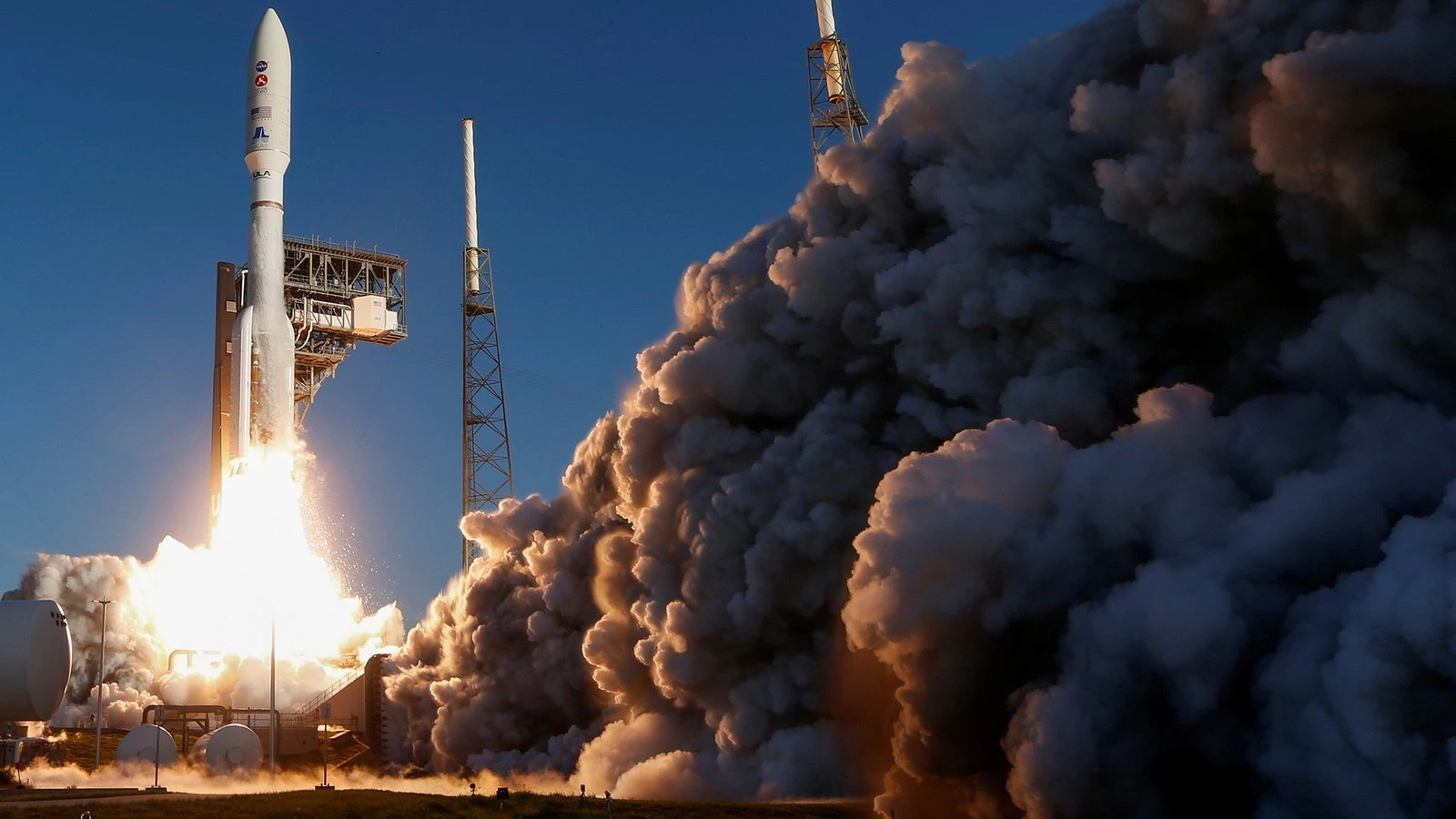The global space race is shifting gears. Japan’s JAXA and Europe’s ESA have formed a strategic alliance, aiming to challenge the dominance of China, the US and Russia in space exploration.
This partnership could reshape the future of space missions and scientific discoveries. At the heart of this collaboration is an ambitious lunar exploration program.
JAXA’s Lunar Cruiser, a pressurized rover developed with Toyota, may soon work alongside ESA’s Argonaut lander. This joint effort could accelerate our return to the Moon and pave the way for a permanent lunar presence.
Planetary defense forms another essential aspect of their partnership. With asteroid Apophis set to pass close to Earth in 2029, JAXA and ESA are pooling resources to study and potentially defend against such near-Earth objects.
This cooperation can be vital to the security of our planet. The alliance also extends to Earth observation, building on existing joint missions.


By combining their expertise, JAXA and ESA aim to improve our understanding of climate change and its impacts. This knowledge is critical to addressing global environmental challenges.
A cooperative force in space exploration
While the space giants continue to lead in terms of budget and launch frequency, JAXA and ESA bring unique strengths to the table. Japan’s expertise in returning asteroid samples provides a solid foundation for groundbreaking missions.
Europe’s experience in cometary exploration further strengthens this foundation. This partnership signals a shift toward more collaborative space exploration.
By sharing resources and knowledge, JAXA and ESA can potentially achieve more than they could individually. Their alliance could inspire similar collaborations, fostering a more interconnected global space community.
The success of this venture could redefine space exploration. This can lead to faster scientific discoveries, more efficient use of resources and a wider range of missions.
For the public, this means potentially faster advances in space technology. These developments may lead to practical applications here on Earth.
As space increasingly affects our daily lives through satellite communications, weather forecasting and technological innovations, this partnership has significance beyond scientific circles. It can accelerate developments that directly affect our everyday experiences.



